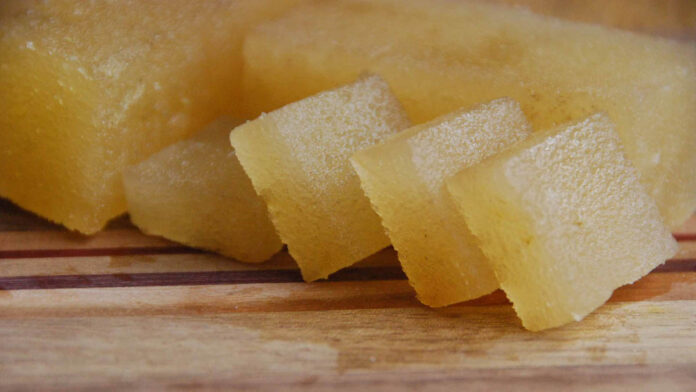Since 2005, the Ministry of Agriculture and Rural Development classified the sweet biznaga as a protected species and it is this same species that they use to remove the colored “strips” that you eat every January 6 along with chocolate.
On is January 6, the day to eat rosca, to laugh with family and/or friends at the office to see who puts the tamales on February 2, but did you know that their acitrón is prohibited? here we explain it to you.
Since 2005, the Ministry of Agriculture and Rural Development classified the sweet biznaga as a protected species, however, it is used to cook it with sugar and from there remove the acitrón and use it to decorate the traditional thread.

What is the biznaga?
The biznaga is a plant belonging to the cactus family, it is very easy to recognize because it has a globular shape and it is one of the most emblematic cacti in Mexico.
This plant can be found in the Tehuacán-Teotitlán Biosphere Reserve, it is distributed between the states of Puebla and Oaxaca, however, it also grows in the Chihuahuan desert, in Hidalgo, and in San Luis Potosí.

It takes years to mature, reaches a meter in height, and can take between 15 and 40 years to grow, so re-establishing the population of this cactus will take time and unfortunately, it is in danger of extinction, since it has been used in an immoderate way to gastronomic purposes, such as chiles en nogada and, of course, the thread, by means of the acitrón.

And it is that everything is a food chain, since the biznagas from which the acitrón is extracted fulfill a fundamental function in the desert ecosystems of Mexico, for example, they retain and filter the water that falls during periods of precipitation; With the nectar of their flowers, they keep the population of bees and other pollinating insects stable. In the same way, they stop the process of soil erosion.
Do you realize? The simple fact that this plant is in danger compromises and puts other factors at risk that go hand in hand.

Well, then what do I do?
Currently, there are many substitutes for sugar or natural fruits that have been incorporated into threads or foods, precisely to reduce the use of acitron, so, look for a thread that has blueberries or raisins, nuts, figs, there are even some with pineapple.







